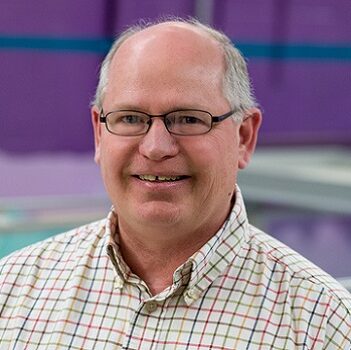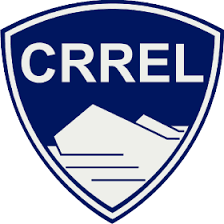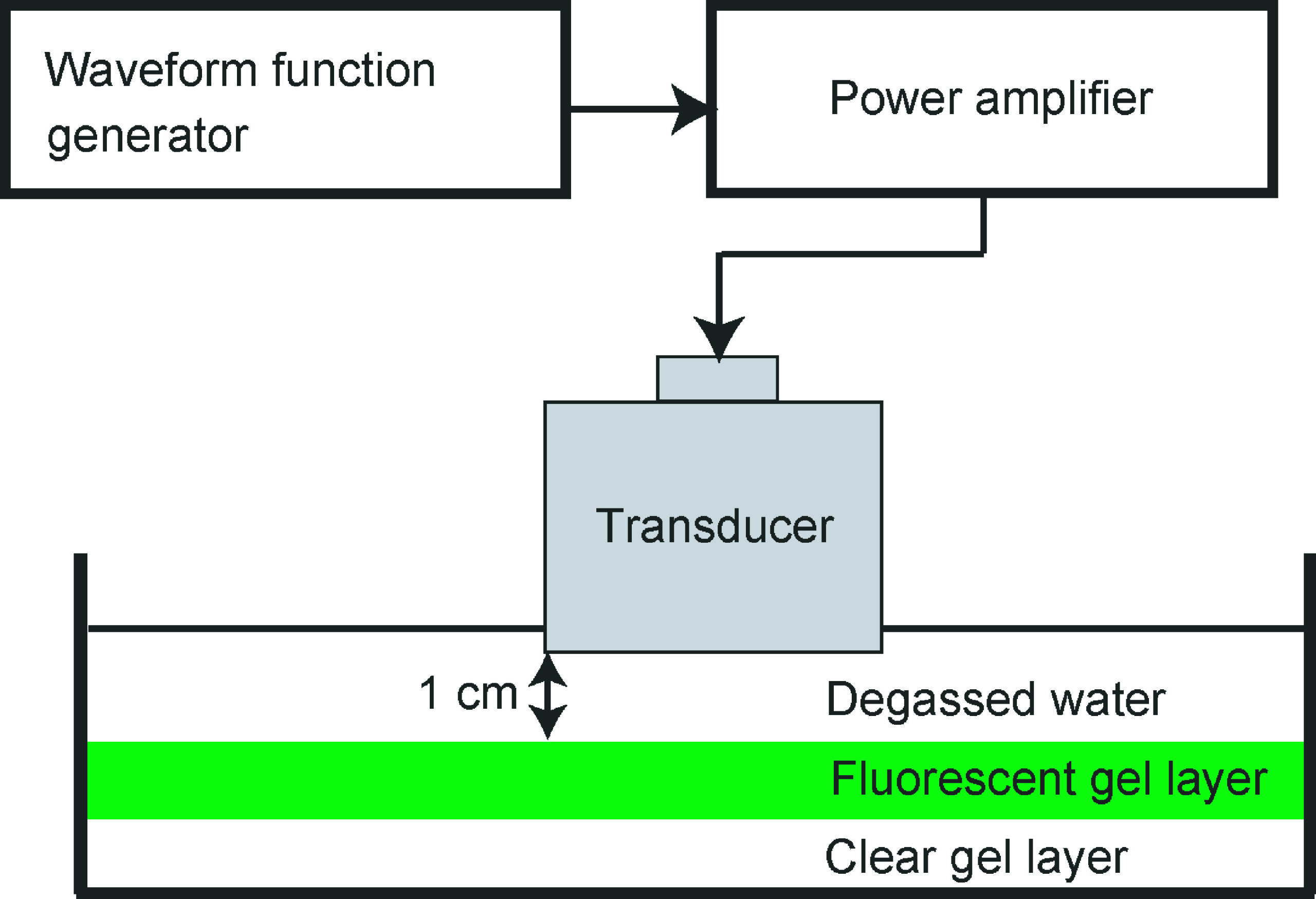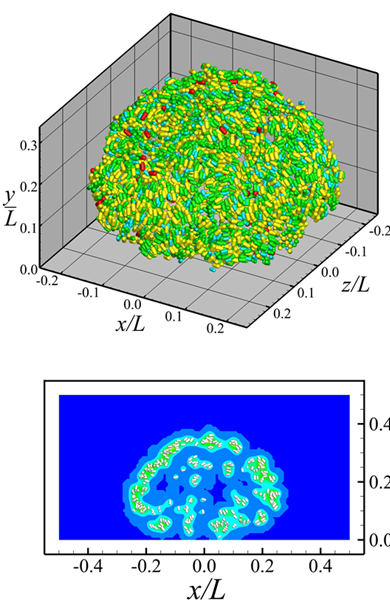
RESEARCH AREAS
I study the mechanics of fluid flows and particulate systems, ranging from fundamental research on novel flow phenomena and related applications to the development of new computational approaches for investigation of fluid and particulate flows. Areas of particular interest include: (1) multiscale vortex flow phenomena, such as observed in turbulent rotorcraft and pump flows; (2) biofluid flows, such as observed in biofilms and cardiovascular systems; (3) renewable energy problems, such as snow/particle mitigation from solar panels and wind turbine wake interference; and (4) acoustic effects on fluid and particulate systems.
Contact Info
Office: 231A Votey Hall
Phone: (802) 656-3826
Email: jmarsha1@uvm.edu

Education
Ph.D., Department of Mechanical Engineering, University of California,
Berkeley, 1987 (adviser: P.M. Naghdi)
M.S., Department of Mechanical, Aerospace and Nuclear Engineering,
University of California, Los Angeles, 1984 (adviser: V.K. Dhir)
B.S., Department of Mechanical, Aerospace and Nuclear Engineering,
University of California, Los Angeles, 1983 (summa cum laude)
Industry Experience
Staff Scientist, Creare Inc., Hanover NH, 1988-1989
Publications
Publications 2024
Ahmadinejad, M. and Marshall, J.S., “Magnetic nanoparticle interaction with a hydrogel in an oscillating magnetic field,” Physics of Fluids, Vol. 36, No. 1, 013104 (2024).
Storm, R., and Marshall, J.S., “Pore-scale modeling of particle transport in a porous bed,” Journal of Fluid Mechanics, Vol. 979, A9 (2024).
Tavangar, T., Hosseinpoor, M., Marshall, J.S., Yahia, A., and Khayat, K.H., “Four-way CFD-DEM coupling to simulate concrete pipe flow: Mechanism of formation of lubrication layer,” Cement and Concrete Research, Vol. 179, 107479 (2024).
Jabarifar, M. and Marshall, J.S., “Efficient computational model for particle capture by a heterogeneous filter,” Aerosol Science and Technology, Vol. 58, No. 12, pp. 1405-1420 (2024).
Publications 2023
Loth, E., and Marshall, J.S., “Restitution coefficient models for collisions of airborne particles and drops,” Journal of Aerosol Science, Vol. 173, 106186 (2023).
Tavangar, T., Hosseinpoor, M., Marshall, J.S., Yahia, A., and Khayat, K.H., “Discrete-element modeling of shear-induced particle migration during concrete pipe flow: Effect of size distribution and concentration of aggregate on formation of lubrication layer,” Cement and Concrete Research, Vol. 166, 107113 (2023).
Publications 2022
Alagumalai, A., Yang, L., Ding, Y., Marshall, J.S., Mesgarpour, M., Wongwises, S., Rashidi, M.M., Taylor, R.A., Mahian, O., Sheremet, M., Wang, L.P., and Markides, C.N., “Nano-engineered pathways for advanced thermal energy storage systems,” Cell Reports Physical Science, Vol. 3, No. 8, 101007 (2022).
Karki, A., Marshall, J.S., and Wu, J.R., “Effect of ultrasound amplitude and frequency on nanoparticle diffusion in an agarose hydrogel,” Journal of the Acoustical Society of America, Vol. 152, No. 1, pp. 640-650 (2022).
Group Members (Past and Present)
Postdocs and Visiting Students
Jennifer Chesnutt
Yun Huang
Ran Tao
Mengmeng Yang
Guanqing Liu
Ben Yergey
PhD Students
Zahra Khadem
Siavash Kasaeipour
Alireza Kashani Lotfabadi
Mohammad Jabarifar
Mehrdad Ahmadinejad
Alina Karki
Xing Jin
Farzad Dizaji
Curtis Saunders
Adam Green
Simtha Renjitham
MS Students
Ben Desroberts
Sophie Gessman
Nick Fitzgerald
Randy Storm
Tom Chivers
Kelly Curran
Drue Seksinsky
Andrew Fuhrmann
Chris Ghazi
Melissa Faletra
Kyle Sala
Dongmin Qian
Auston Maynard
Greg Hewitt
Research Highlights and News
I am leading a team of UVM faculty working with scientists at the Army’s Cold Regions Research and Engineering Laboratory (CRREL) on a project to develop state-of-the-art sensing and decision-making tools for cold regions operations.

Under NSF funding, we are investigating a novel phenomenon in which ultrasound impingement onto a biofilm is used to enhance penetration rate of nanoparticles, which are a primary carrier medium used for biofilm mitigation.

Under NASA funding, we have developed a new hybrid approach for simulation of biofilm growth, which integrates the best features of discrete element and continuum modeling.
